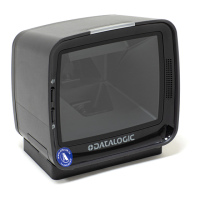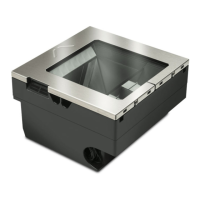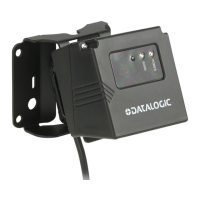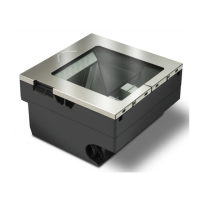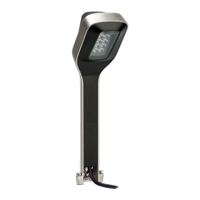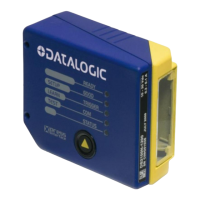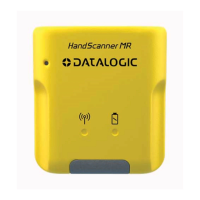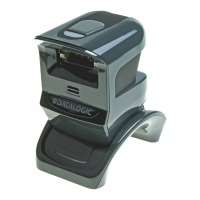Product Reference Guide
85
Calibration Verification (Kilograms)
Once you have completed the calibration sequence, you may be required to perform these
step-by-step verification procedures. These procedures follow the National Institute of
Standards and Technology Handbook-44 guidelines for grocery scale installations. You may be
required by state or local law to have these procedures performed by a certified technician
or verified by a proper official.
These calibration verification procedures cover five (5) different tests:
• Increasing-Load Test
· Decreasing-Load Test
• Shift Test
· Return to Zero Text
• Blanking Test
NOTE
If the scale fails any of these tests, go to the topic Scale Error Reporting in
Section 4, Problem Isolation
, of this manual.
Increasing-Load Test (Phase 1)
SINGLE INTERVAL DUAL INTERVAL
This test checks Scale operation for increasing loads
from 0.100 kg and 7.50 kg.
This test checks scale operation for increasing loads
from 0.050 kg and 3 kg.
1. Check that the display reads 0.000 kg when at
rest with nothing on the weighing surface. (The
Yellow LED is steadily lit).
1. Check that the display reads 0.000 kg when at
rest with nothing on the weighing surface. (The
Zero Status LED is on steady).
2. Place a 100 gram weight on the center of the
weighing surface and check that the display
reads 0.100 kg.
2. Place a 50 gram weight on the center of the
weighing surface and check that the Remote
Display reads 50 grams.
3. Place an additional 200 grams on the center of
the weighing surface and check that the display
reads 0.300 kg.
3. Place an additional 100 grams on the center of the
weighing surface (.0300 kg. total) and check that
the Remote Display reads 150 grams.
4. Place an additional 200 grams on the center of
the weighing surface and check that the display
reads 0.500 kg.
4. Place an additional 100 grams on the center of the
weighing surface and check that the Remote
Display reads 250 grams.
5. Place an additional 100 grams on the center of
the weighing surface and check that the display
reads 0.600 kg.
5. Place an additional 50 grams on the center of the
weighing surface and check that the display reads
300 grams.
6. Place an additional 100 grams on the center of
the weighing surface and check that the display
reads 0.700 kg.
6. Place an additional 50 grams on the center of the
weighing surface and check that the display reads
350 grams.
7. Place an additional 100 grams on the center of
the weighing surface and check that the display
reads 0.800 kg.
7. Place an additional 50 grams on the center of the
weighing surface and check that the display reads
400 grams.
8. Place an additional 200 grams on the center of
the weighing surface and check that the display
reads 1.000 kg.
8. Place an additional 100 grams on the center of the
weighing surface and check that the display reads
500 grams.
9. Increase the weight on the scale to 7.50 kg on
the center of the weighing surface and check that
the display reads between 7.495 and 7.505 kg.
9. Increase the weight on the center of the weighing
surface to 2.5 kg and check that the display reads
between 2.998 and 3.002 kg.
10. Remove the weights and verify that the display
reads 0.000 kg. You have completed the Increas-
ing-Load Test (Phase 1).
10. Remove the weights and verify that the display
reads 0.000 kg. You have completed the
Increasing-Load Test (Phase 1).
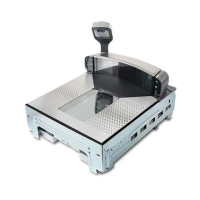
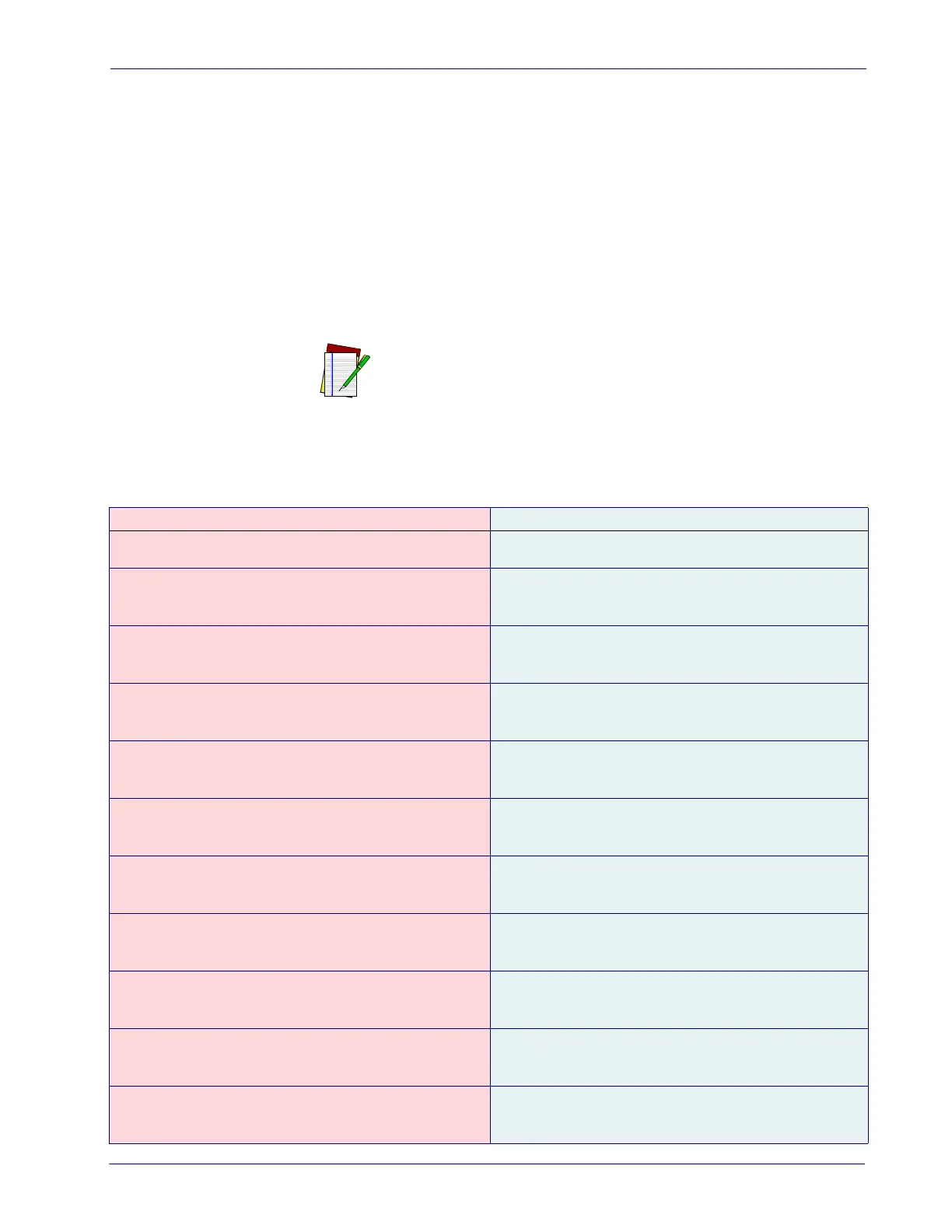